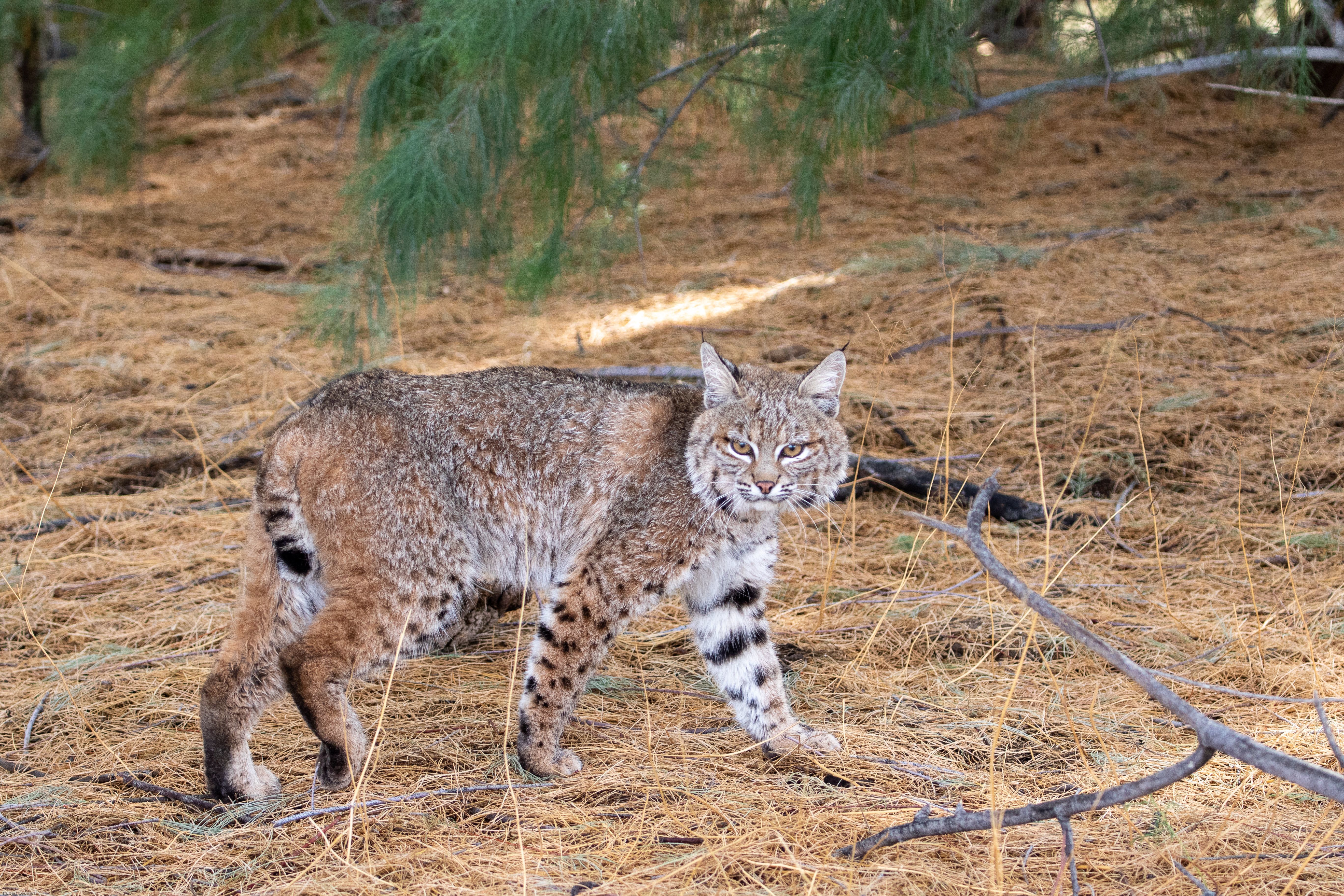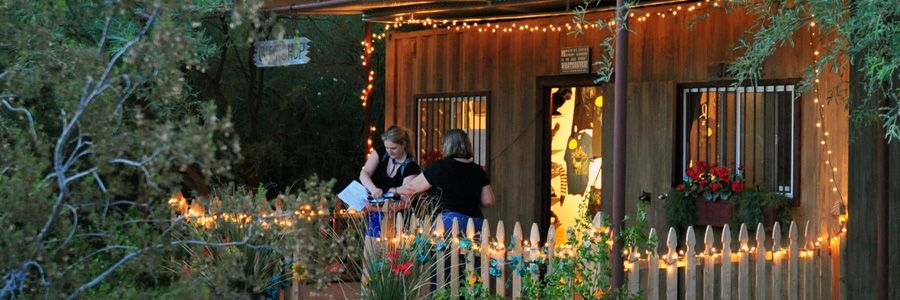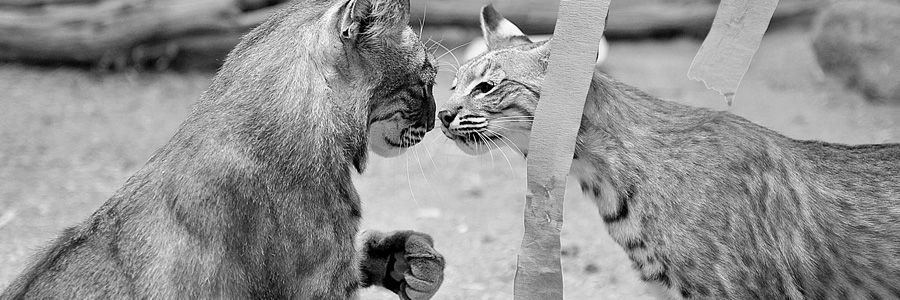
Last week we got an amazing response from all of you on our Coyote Mythbusting article. Several of you requested we do the same for bobcats, and we are more than happy to oblige! Let's shed some light on this magnificent desert cat.
Myth: Bobcats and lynx are the same animal.
Fact: They're in the same genus, but they are two separate species of wild cat. To add to the confusion, a wildcat is a type of Eurasian and African small cat species. "Wildcat," however, is colloquially used to describe any wild feline: bobcat, lynx, ocelot, jaguar, mountain lion/puma/panther/cougar - we could go on.
Myth: If you find bobcat babies alone, they've been orphaned or abandoned.
Fact: Not necessarily! Bobcat mothers can't "take their kids to the grocery store," so to speak. She'll leave them in a safe, secluded space with access to water - sounds like a backyard right? - for 12 to 24 hours, then return, feed her babies, and move on.
Myth: Bobcats are more of a threat to humans than humans are to bobcats.
Fact: As with much urban wildlife, humans are definitely a greater threat to bobcats than they are to us. Yes, they are carnivores with sharp teeth and claws, but their small size in our big world leaves them vulnerable to car accidents, unintended poison ingestion, and more.
Myth: Bobcats should not be in neighborhoods. If you see one, you need to call someone to relocate it.
Fact: Bobcats have adapted well to urban life. Housing developments with networks of tall block fencing give bobcats a great vantage point to check out the terrain, find good places with shade and access to water, and more. Is a neighborhood an ideal place for wildlife? Not necessarily. But finding a bobcat in your backyard isn't the same as finding a black bear in your backyard. The bobcat hasn't gotten lost or displaced. They're creating their homes in the midst of humanity.
Myth: Bobcats want to eat your pets.
Fact: Bobcats just want to eat. Like coyotes, they are opportunistic hunters: they will eat whatever seems easy to catch. For large dogs, there isn't much worry; but as always, you should keep your eyes on small pups and keep your house cats indoors.
What can you do to help out your local bobcat population? Here are some pro tips from our Animal Care experts:
- If you see a few bobcat babies huddled up sleeping under a bush or behind a rock, leave them alone. If you're concerned, give SWCC (or your local wildlife rehab center) a call and our experienced emergency volunteers will answer any questions you have and help decide what's best for the animals.
- Keep household cats inside. If they like to have outside time, consider creating a “catio” with an additional barrier of protection for kitties. There are tons of cool (and cost-effective!) ideas for constructing these online.
- Supervise potty breaks for small dogs. Bobcats have a healthy fear of humans, and they'll likely run or hide if you're accompanying your dogs.
- Never ever ever feed or touch wildlife. They remember where easy meals come from. If you feed them, you can pretty much guarantee they’ll be back.
- If you have a rodent problem, avoid using rodenticide poisoning whenever possible. Instead, go for live traps and prevention. Rodents are a main meal source for bobcats, so you can bet they're going to try to eat those rodents on your property. They're good allies to humans in keeping rodent populations under control, but unfortunately they are victims of unintentional secondhand poisoning when they eat a rodent who has passed from poisoning initially.
Enjoy bobcat sightings when you're lucky enough to get one! The Sonoran Desert is bustling with wildlife, and we're lucky to share habitat with such an amazing variety of creatures.




